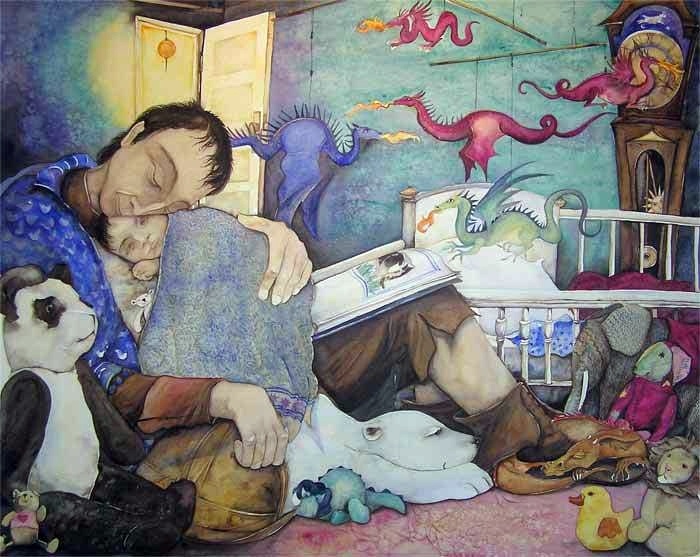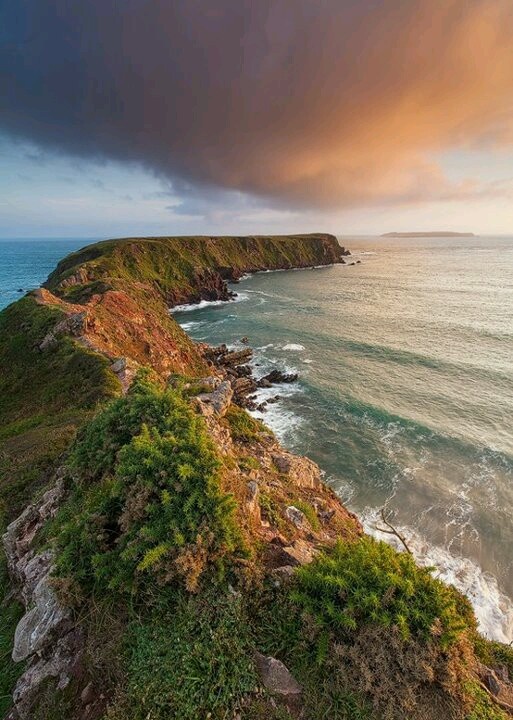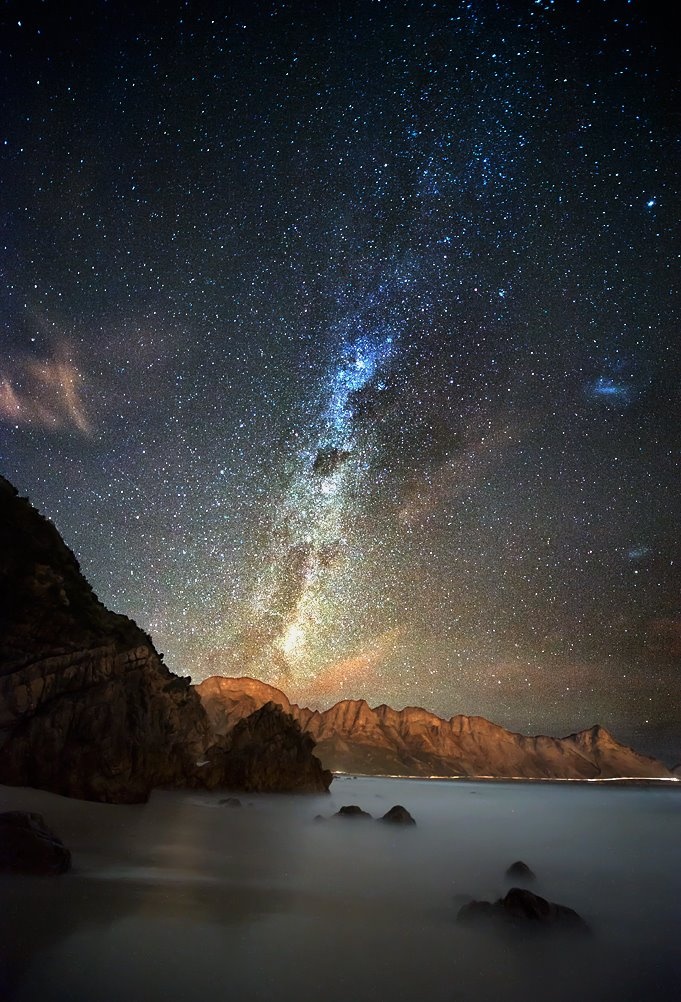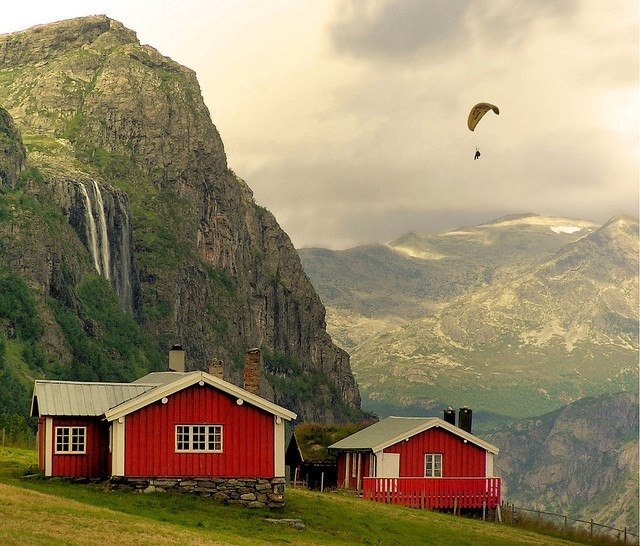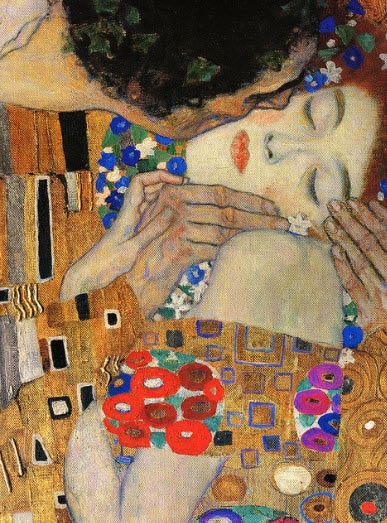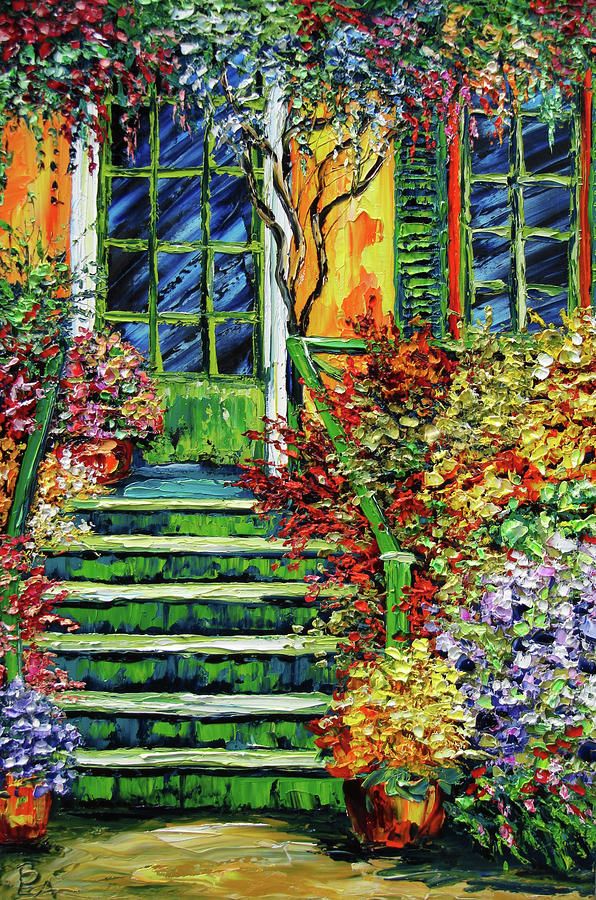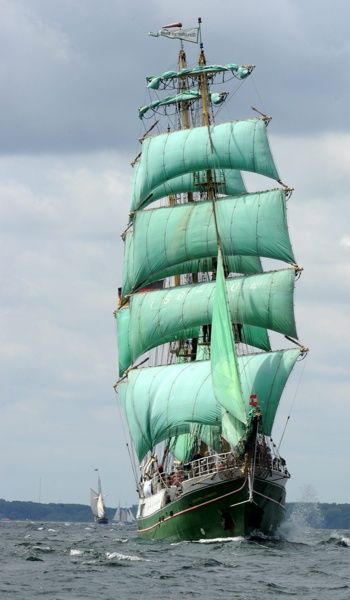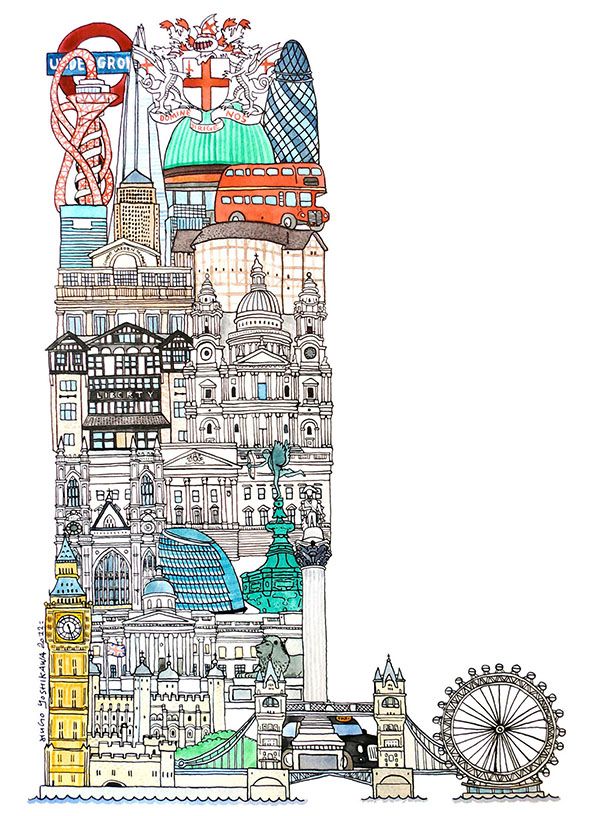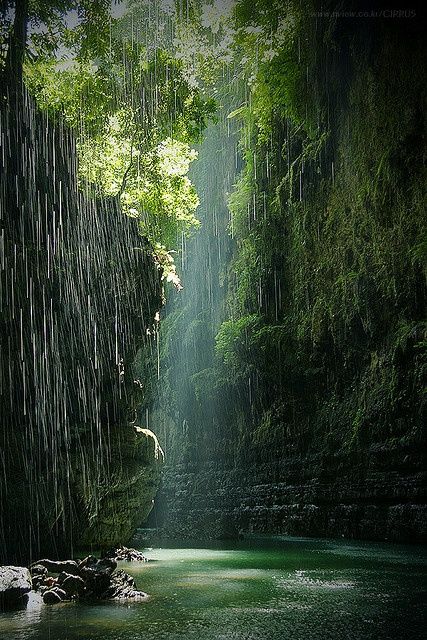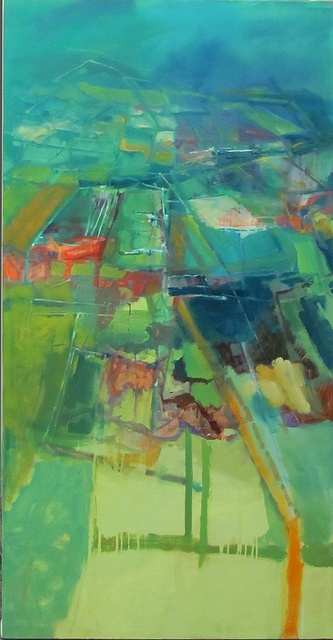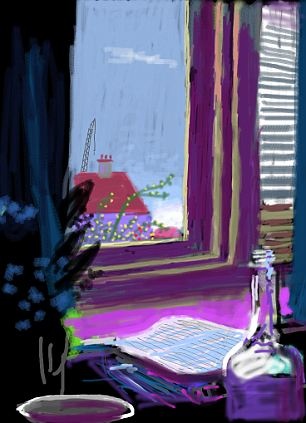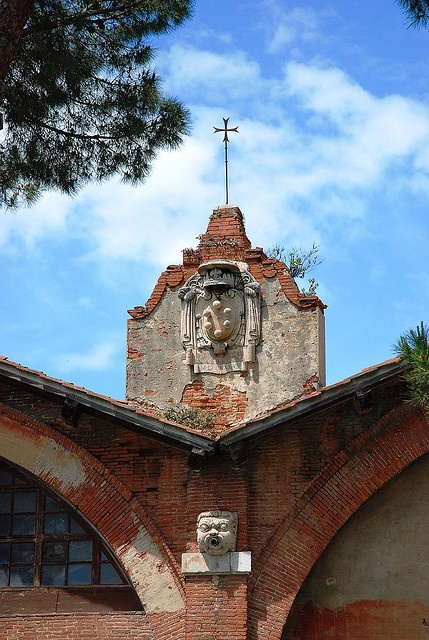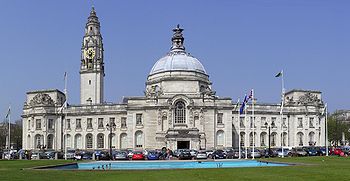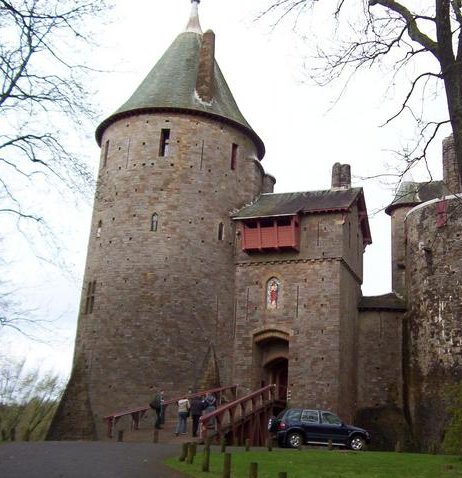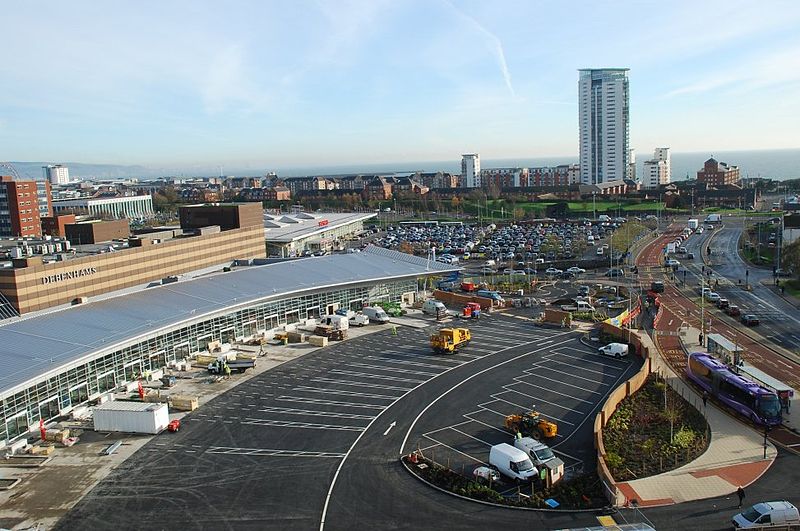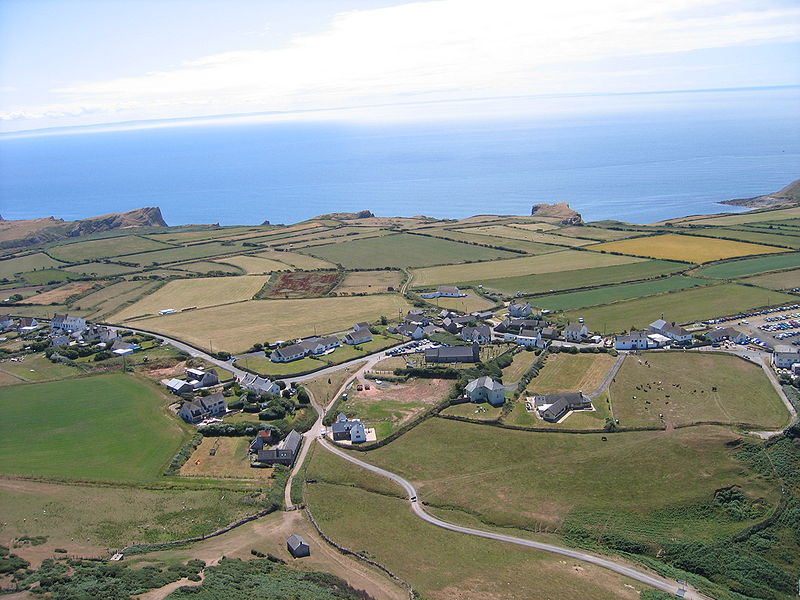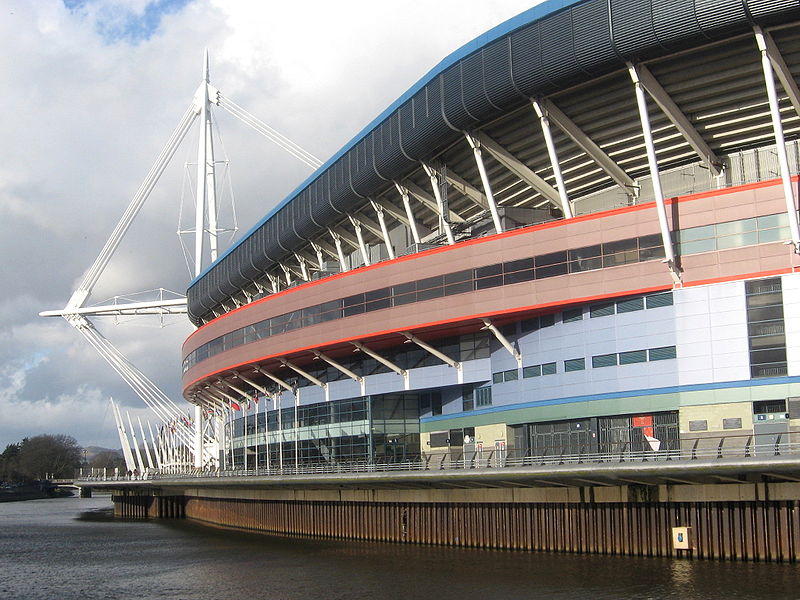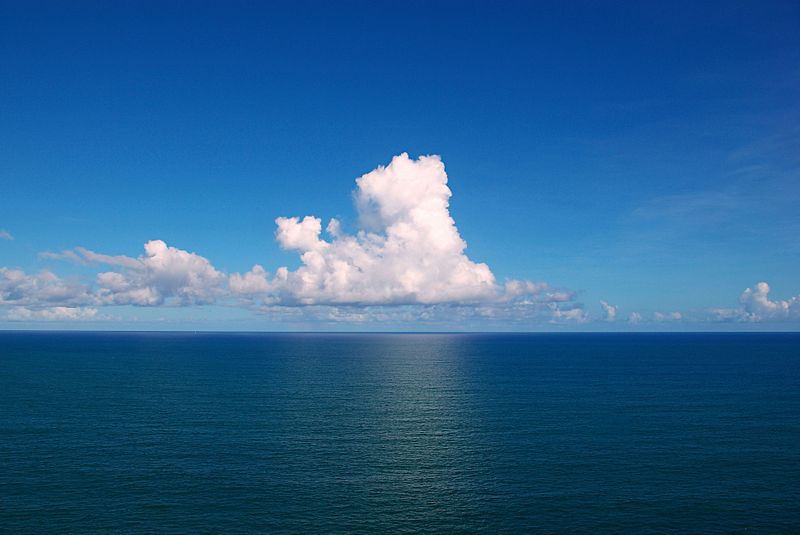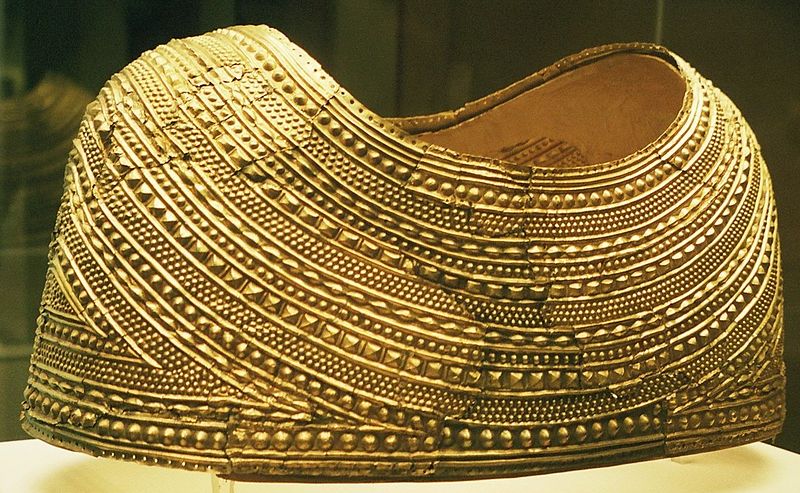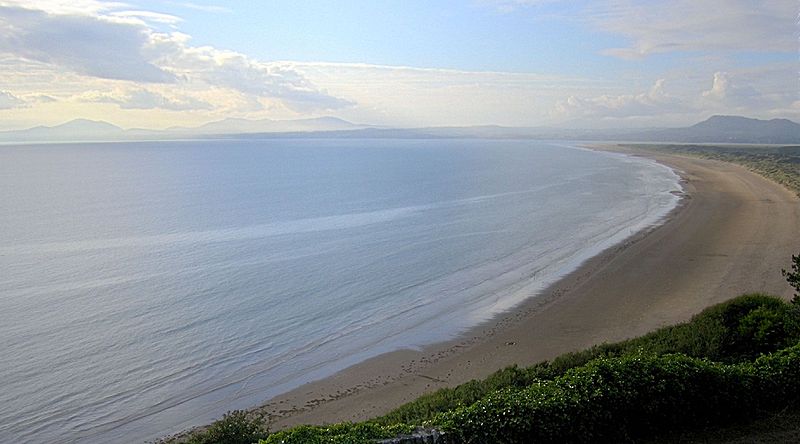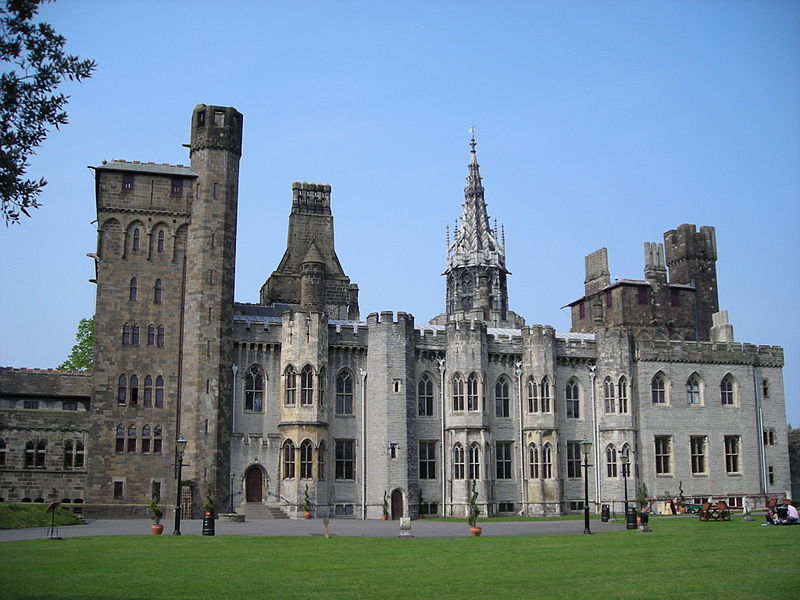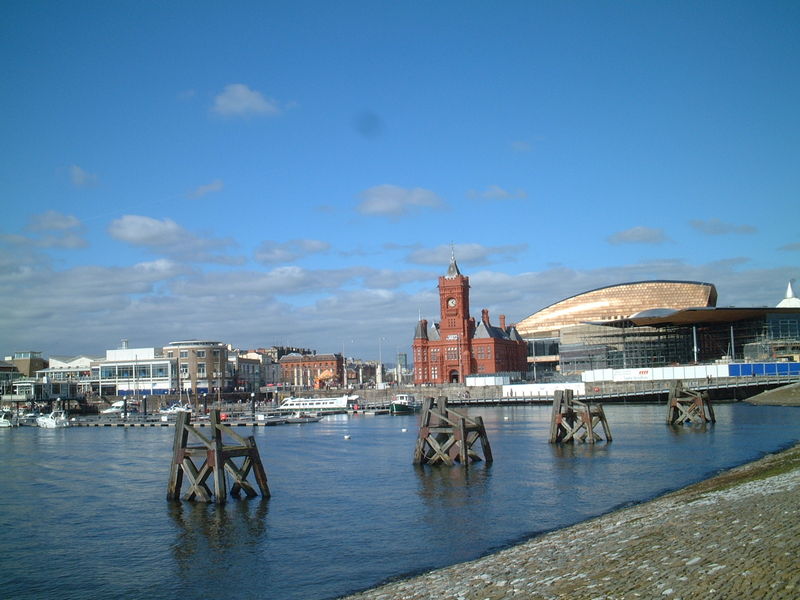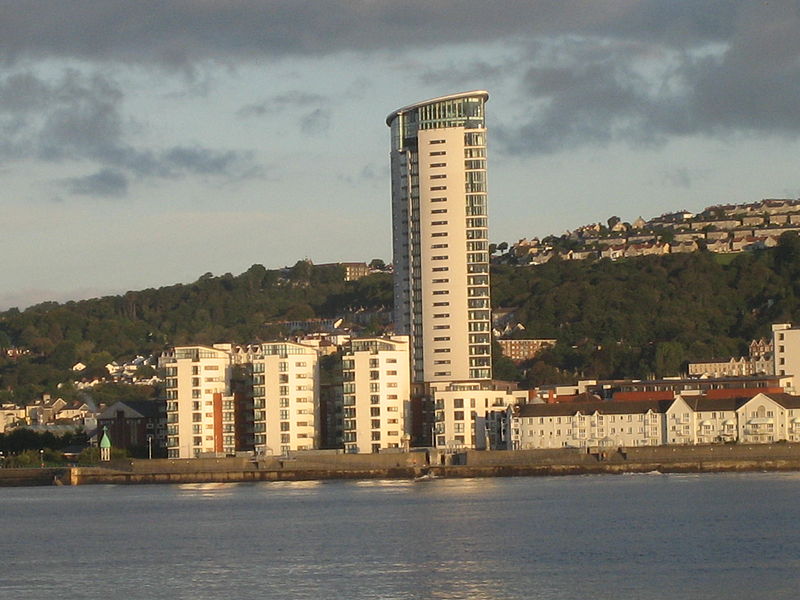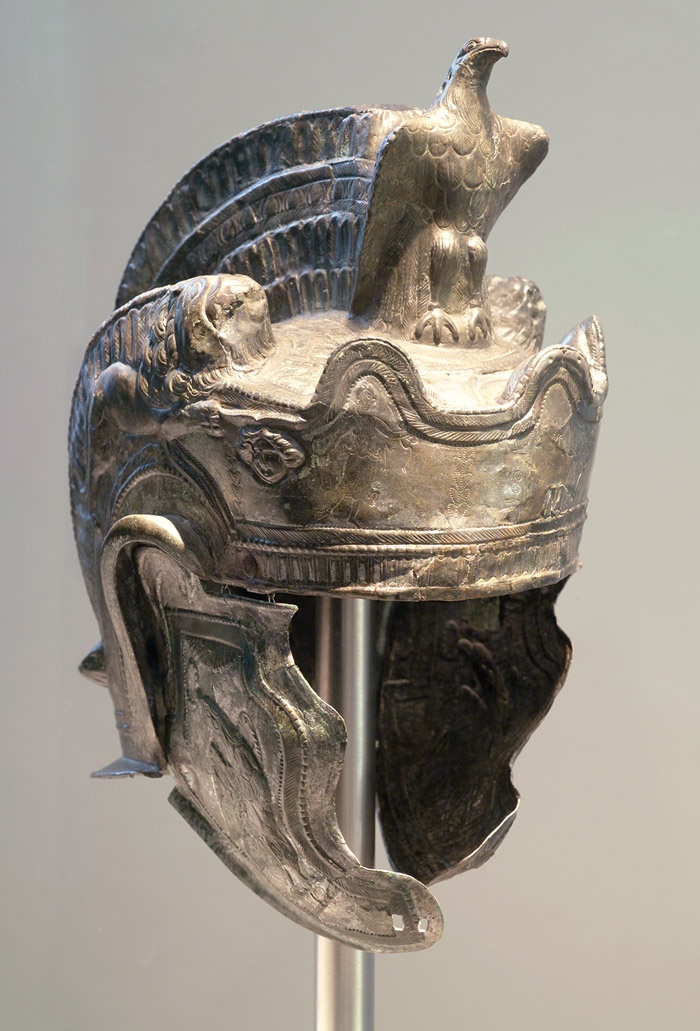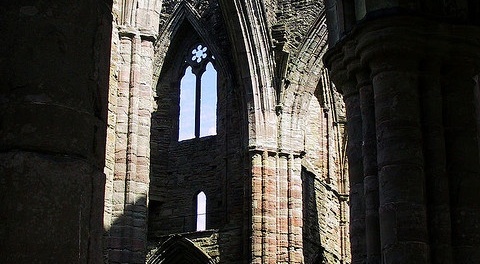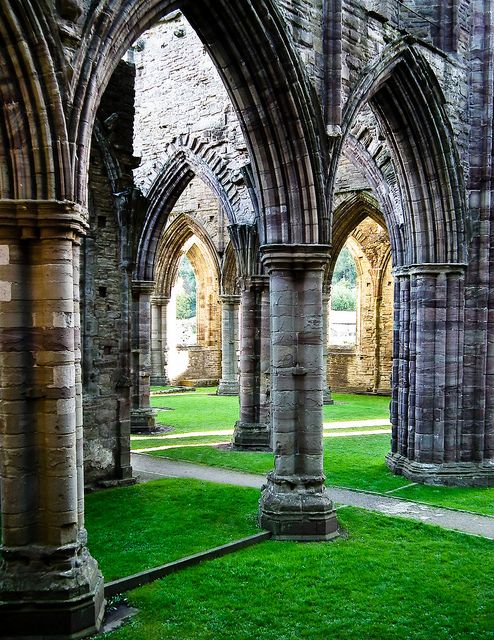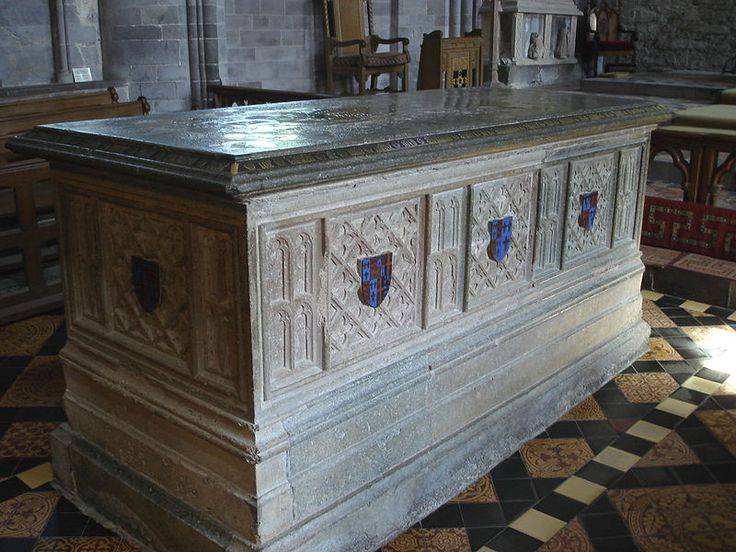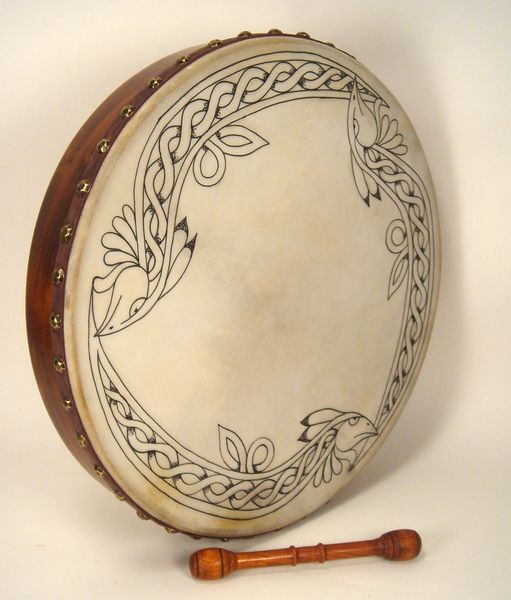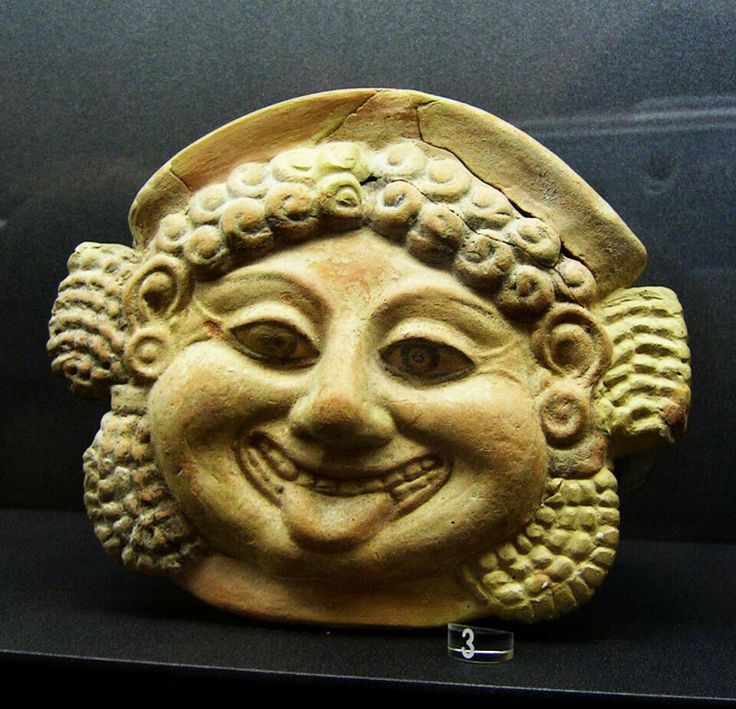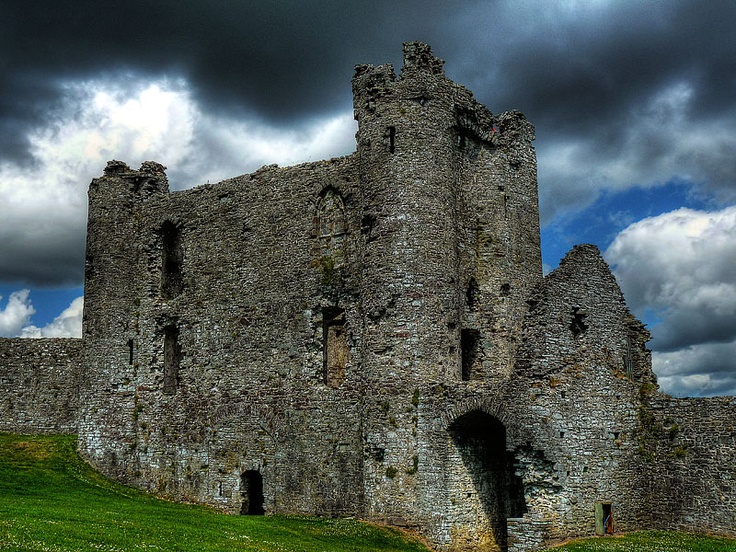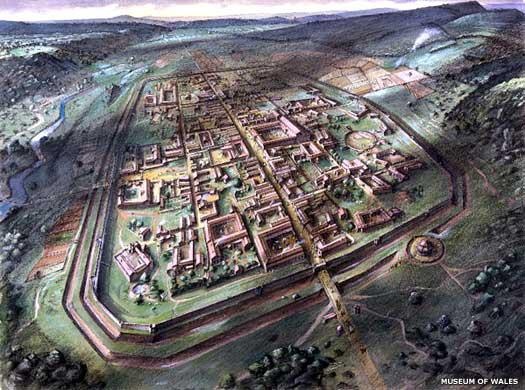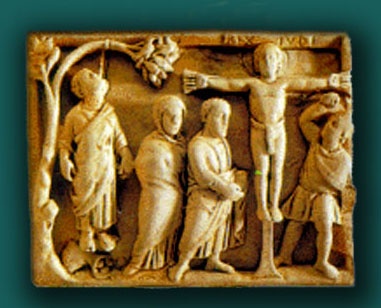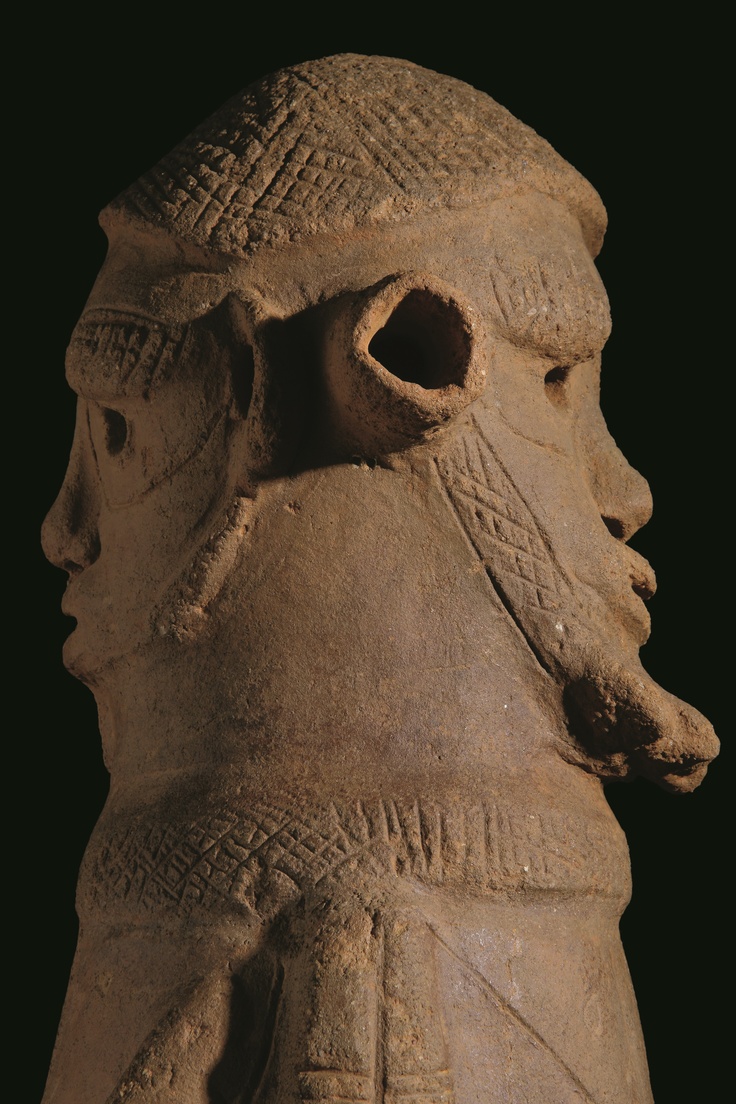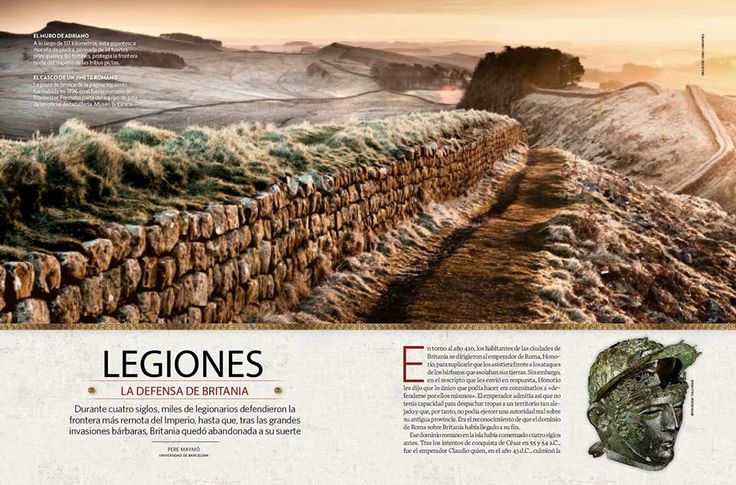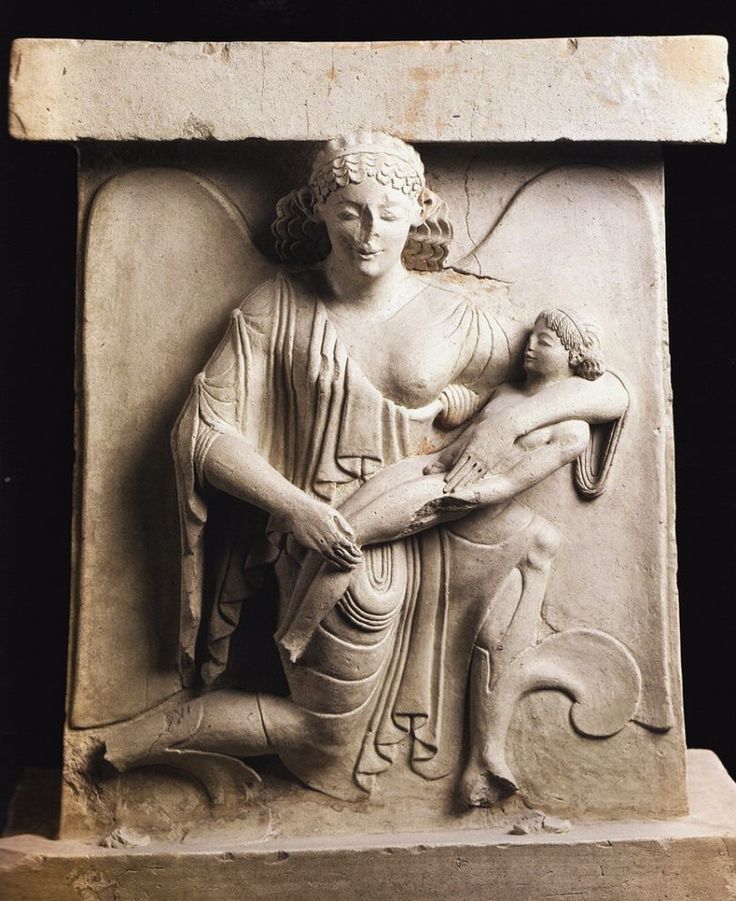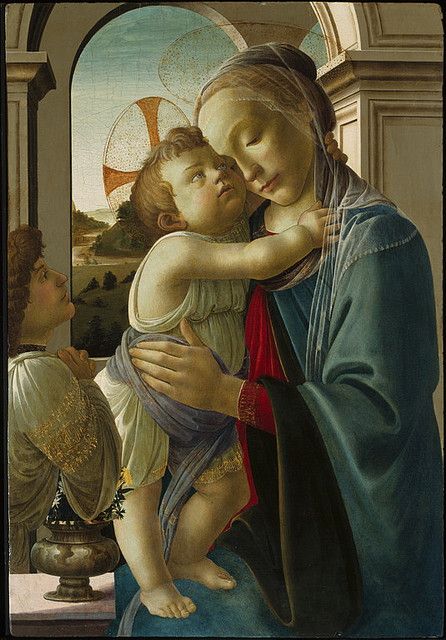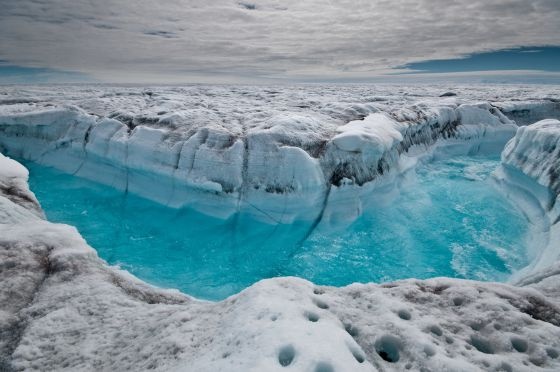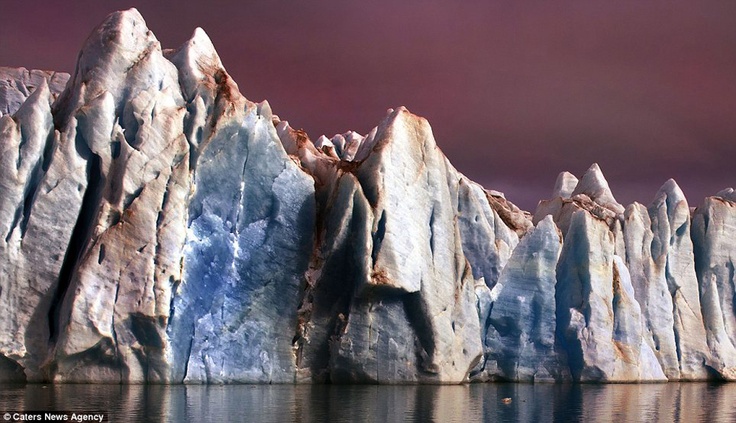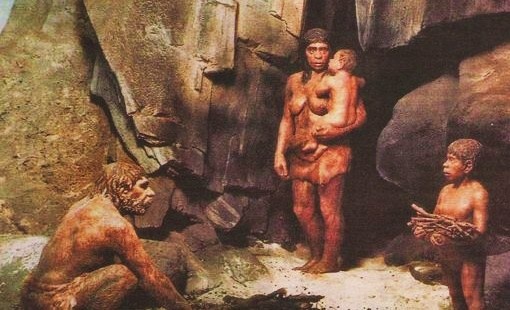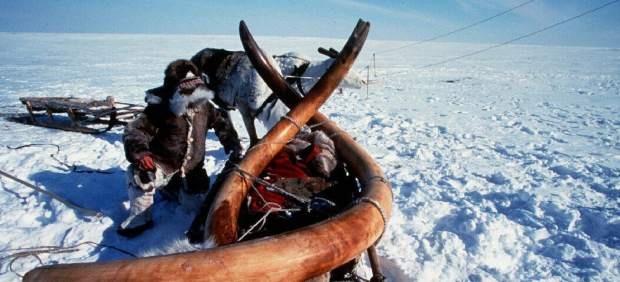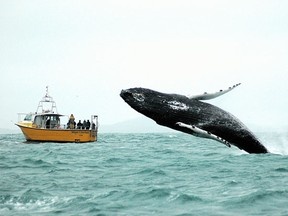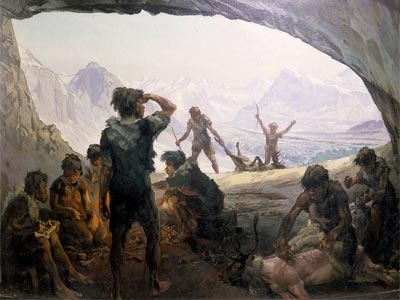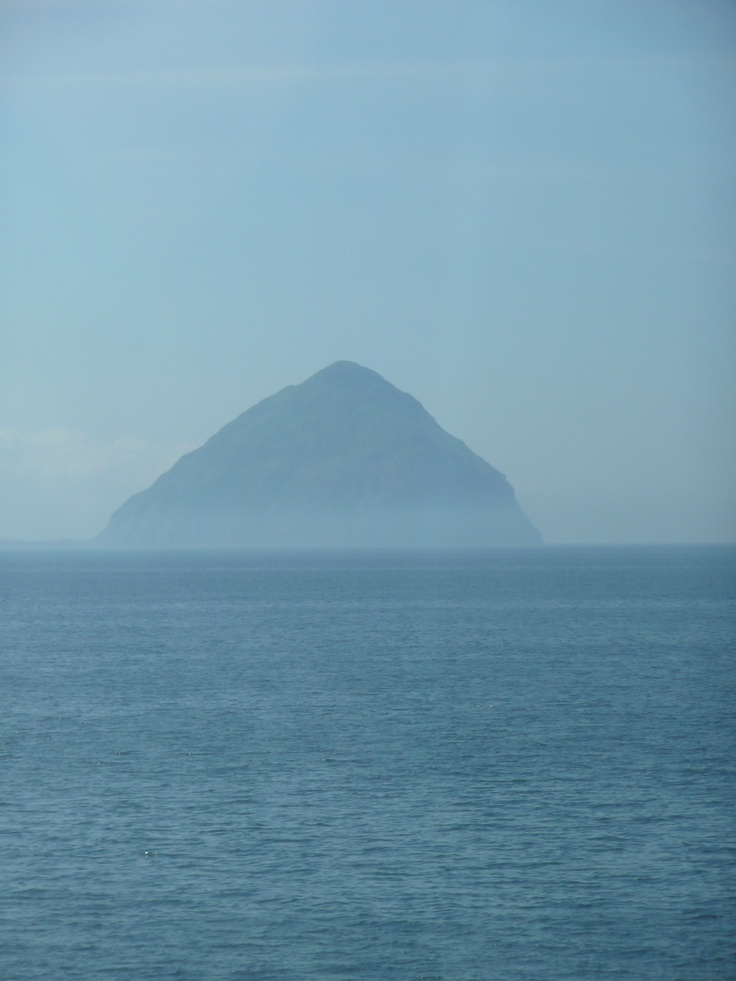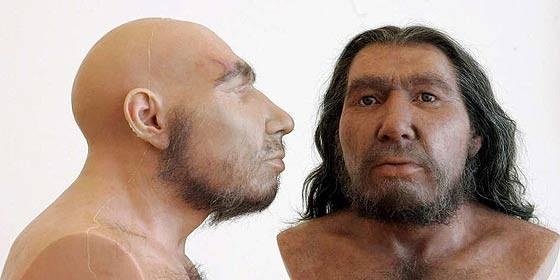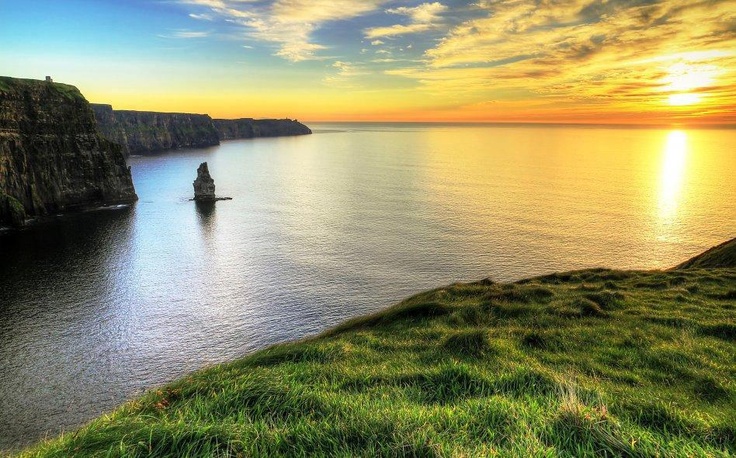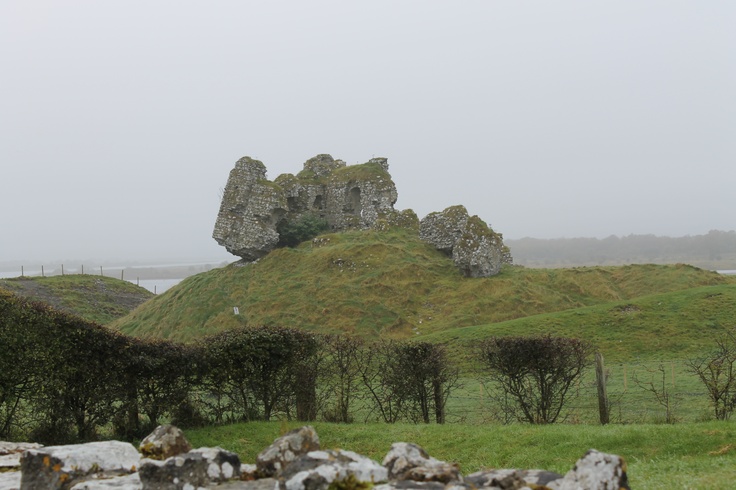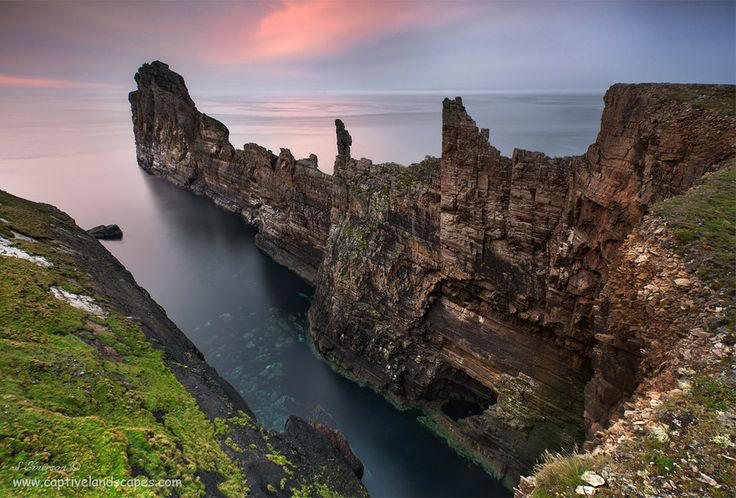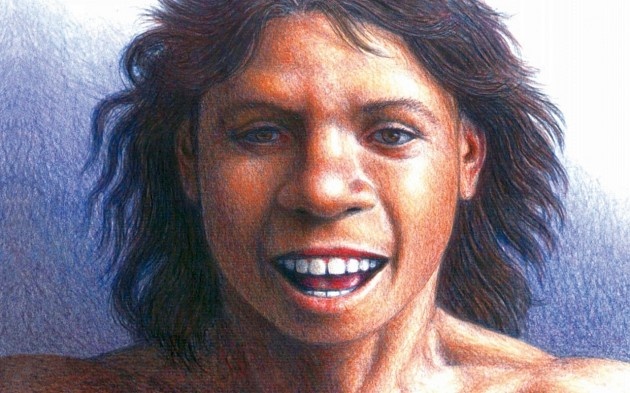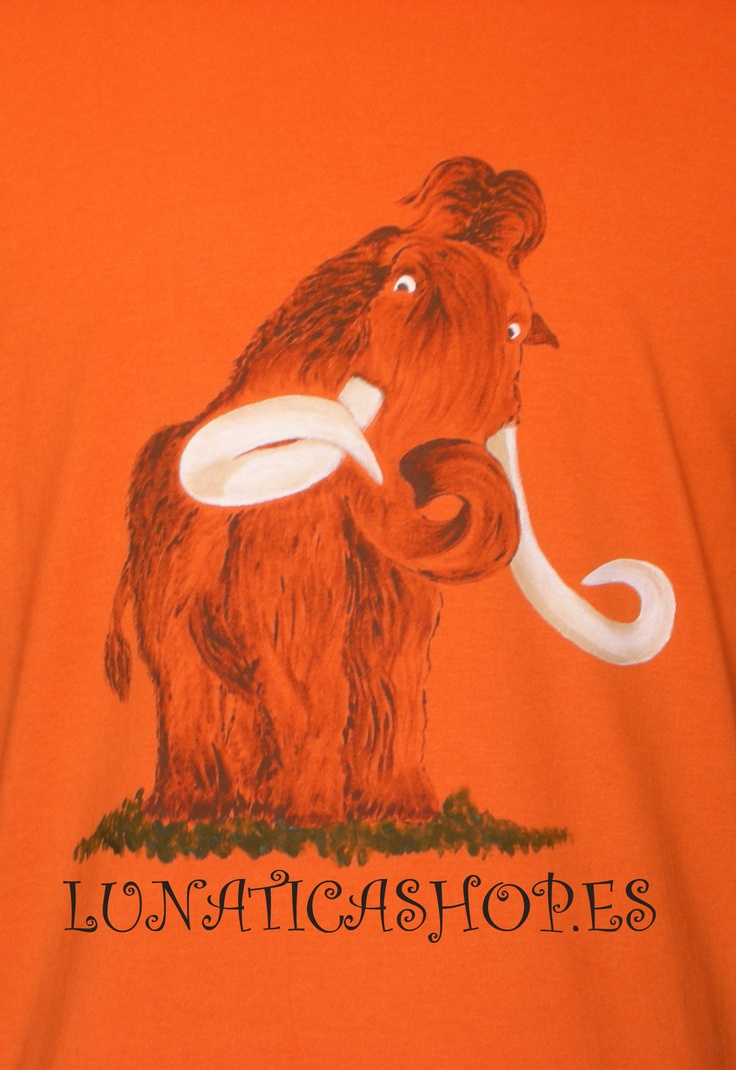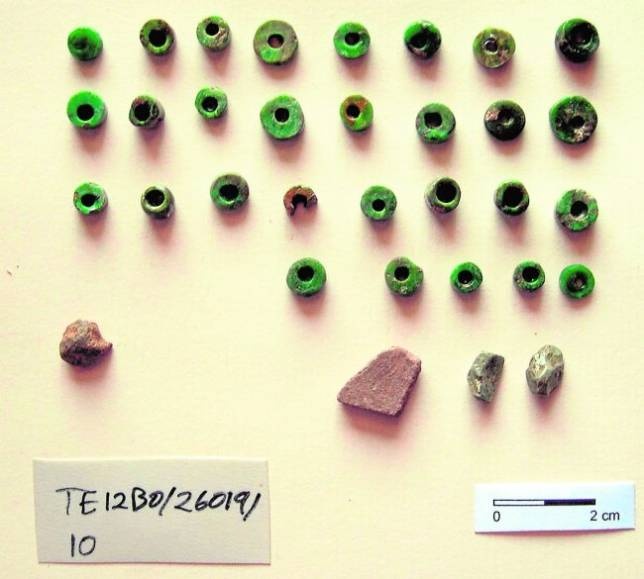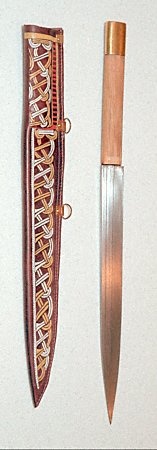Español Inglés
PALABRA Ó FRASE Nº 098
CONSENTIMIENTO nombre CONSENT.
CONSENTIR verbo
1 (permitir) to allow, to let: mi padre no consiente que llegue tarde a casa, my father doesn’t allow me to be late home.
2 (mimar) TO SPOIL: es hijo único y le consienten todos los caprichos, he’s an only child and he’s terribly spoilt.
Bandera de Gales
| Bandera de Gales | |
|---|---|
 |
|
| Datos generales | |
| Uso | |
| Proporción | 2:3 |
| Adopción | 1959 |
| Colores | Rojo Verde Blanco |
La bandera de Gales fue adoptada en 1959. En galés esta bandera se llama Y Ddraig Goch («el dragón rojo»).
El origen de la bandera de Gales se remonta a la época en que el territorio era parte del Imperio romano. Es muy posible que el dragón rojo haya sido heredado de las cohortes romanas establecidas en el territorio.
De acuerdo al historiador Carl Lofmark: «Los orígenes del dragón galés son indudablemente el “draconi romano” que sobrepasó la famosa guerra de los galantes contra los zittis estandarte de las cohortes, que eran más numerosas que las legiones, particularmente después del retiro gradual de éstas últimas […] la gente que fue dejada atrás, cuando las legiones se retiraron para siempre, deben haber pensado naturalmente en el dragón como el símbolo de esa civilización romana a la cual pertenecían y que ahora defendían contra los ataques de los invasores bárbaros. Se conviene generalmente que la resistencia a los sajones primero fue organizada por romanos, o britanos romanizados, probablemente en las líneas romanas… Para su estandarte de batalla no hubo emblema más natural que el dragón, tan familiar, de la cohorte romana.»
El dragón como un importante elemento de diseño de la bandera es compartida con la bandera de Bután . Un dragón también aparece en la insignia de la Cruz de San Jorge en la bandera de Malta . La bandera china también contó con un dragón durante la dinastía Qing . (Varias ciudades incluyen un dragón en su diseño de la bandera, incluyendo Cardiff , capital de Gales, Ljubljana , la capital de Eslovenia , y Puerto Madryn en Argentina .)
Dragón galés

El Y Ddraig Goch en la bandera de Gales.
El dragón galés (en galés: Y Ddraig Goch, es decir ‘el dragón rojo’) es uno de los símbolos de Gales. Aparece en su bandera de Gales y es probable que se trate de una huella de la colonización romana, cuyo ejército utilizaba dragones como estandartes.
Enrique VII tomó el símbolo del rey Cadwaladr, colocándolo en un fondo verde y blanco que representa la Casa de Tudor, cuando se dirigía a la batalla de Bosworth.
Aunque se ha vinculado a Gales y al dragón rojo desde hace milenios, sólo en el siglo XX se convirtió en su símbolo oficial.
Escudo de Gales
El escudo de armas del País de Gales fue aprobado en el mes de mayo del año 2008 para ser empleado como símbolo oficial por la Asamblea y Gobierno autónomos del País de Gales.
Consiste en un escudo cuartelado de oro (el primer y tercer cuartel) y gules (el segundo y cuarto cuartel), cuatro leones pasantes (uno en cada cuartel). En el primer y cuarto cuartel el león es de gules y en el segundo y tercero, de oro, y todos ellos están armados de azur.
Él todo rodeado por una cinta de sínople (verde) bordeada de oro y cargada con el lema “PLEIDIOL WYF I’M GWLAD” (Soy fiel a mi tierra), escrito en letras del mismo metal (color). La cinta, rodeada por una corona formada por los símbolos vegetales de Gales, Escocia, Irlanda (del Norte) e Inglaterra: el narciso, el cardo, el trébol y la rosa heráldica. Al timbre, la Corona de San Eduardo, que es la corona real del Reino Unido.
- La Corona de San Eduardo, fue elaborada para la coronación del rey Carlos II ya que la original, realizada en el siglo XIII fue destruida durante el periodo de la Mancomunidad de Inglaterra.1
- El lema que figura en el escudo está tomado del Himno de Gales.
- La corona vegetal reúne los símbolos de los cuatro territorios que integran el Reino Unido.2
Historia del escudo
El blasón cuarteado de Gales tiene su origen en las armas del príncipe Llywelyn el Grande de Gales que vivió en el siglo XIII.
En el año 1911 al futuro rey Eduardo VIII (luego duque de Windsor) se le concedió el título de príncipe de Gales y tuvo lugar una ceremonia en el castillo de Caernarfon que no se celebraba desde algunos siglos. Se decidió emitir para el príncipe Eduardo su estandarte y escudo de armas y se incorporaron en ambos los elementos del escudo de Gales (incluida la corona) porque su diseño no llevaba ningún símbolo galés, como aparece documentado en el libro Guía completa de Heráldica, publicado en 1909, de Arthur Fox-Davies. El blasón (y el estandarte) del príncipe de Gales era semejante al escudo de armas del monarca británico pero se diferenciaban únicamente por sus coronas y un lambel de tres brazos que se añade en el escudo del príncipe heredero. Desde entonces, los elementos del escudo propiamente dicho del País de Gales figuran, junto a la corona de su título, en el escudo de armas del príncipe de Gales y en su estandarte.
================================EN INGLÉS=============================
Flag of Wales
| Flag of Wales | |
|---|---|
 |
|
| General information | |
| Use | |
| Proportion | 2:3 |
| Adoption | 1959 |
| Colors | Red Green White |
The Welsh flag was adopted in 1959 . In Welsh this flag is called Y Ddraig Goch (the ‘red dragon’).
The origin of the flag of Wales dates back to the time when the territory was part of the Roman Empire . It is very possible that the red dragon has been inherited from the Roman cohorts established in the territory.
According to historian Carl Lofmark : “The origins of the Welsh dragon is undoubtedly the” Roman Draconi “that surpassed the famous War of the gallant against zittis banner cohorts, who were more numerous than the legions, particularly after the gradual withdrawal of the latter […] the people who were left behind when the legions were withdrawn forever, must have naturally thought of the dragon as a symbol of the Roman civilization to which they belonged and now defended against the attacks of the invaders barbarians. It is generally agreed that resistance to the Saxons was first organized by Romans, or Britons Romanized, probably in the Roman lines … For your battle standard there were more natural emblem than the dragon, so familiar, from the Roman cohort. “
The Dragon as an important design element of the flag is shared with Flag of Bhutan. A dragon also appears on the logo of the George Cross on the flag of Malta. The Chinese flag also featured a dragon during the Qing Dynasty. (Several cities include a dragon in their flag design, including Cardiff, capital of Wales, Ljubljana, capital of Slovenia, and Puerto Madryn in Argentina.)
Welsh Dragon

The Y Ddraig Goch on the flag of Wales .
The Welsh Dragon (in Welsh : Y Ddraig Goch, meaning ‘the dragon red ‘) is one of the symbols of Wales . Appears on your flag of Wales and is likely to be a trace of the Roman colonization , the army used dragons as banners.
Henry VII took the command of King Cadwaladr , placing it in a green and white background representing the House of Tudor , on his way to the Battle of Bosworth .
Although it has been associated with Wales and the red dragon millennia, only in the twentieth century became its official symbol.
Coat of Wales
The coat of arms of Wales was approved in May of the year 2008 to be used as the official symbol for the Assembly and autonomous Wales Government.
It consists of a quartered shield of gold (the first and third quarters) and gules (the second and fourth quarters), four lions interns (one in each quarter). In the first and fourth quarters a lion gules and is in the second and third, gold, and they are armed azure .
It all surrounded by a ribbon sínople (green) gold lined and loaded with the slogan “I’M PLEIDIOL WYF GWLAD” (I’m loyal to my country), written in letters of the same metal (color). The film, surrounded by a crown formed by plant symbols of Wales, Scotland , Ireland (North) and England : the daffodil , the thistle , the shamrock and the heraldic rose . At the bell , the St. Edward’s Crown , which is the royal crown of UK .
- The Crown of Saint Edward, was made for the coronation of King Charles II and as the original, made in the thirteenth century was destroyed during the period of the Commonwealth of England .
- The slogan contained in the shield is taken from the anthem of Wales .
- Plant crown meets the symbols of the four territories that make up the United Kingdom .
Coat History
The arms quartered Wales has its origin in the arms of Prince Llywelyn the Great of Wales who lived in the thirteenth century.
In 1911 the future King Edward VIII (later Duke of Windsor) was granted the title of Prince of Wales and a ceremony was held at Caernarfon Castle which was not celebrated for several centuries. It was decided to issue for Prince Edward his banner and coat of arms and incorporated both elements Coat of Wales (including crown) because its design was not wearing any Welsh symbol, as documented in the book Complete Guide to Heraldry, published in 1909, of Arthur Fox-Davies . The blazon (and the standard) the Prince of Wales was similar to the coat of arms of the British monarch but differed only by their crowns and lambel three arms that is added to the shield of the Crown Prince. Since then, the elements of the shield itself contained in Wales, along with the crown of his title, in the coat of arms of the Prince of Wales and his banner.

